What is art therapy and how does it work?
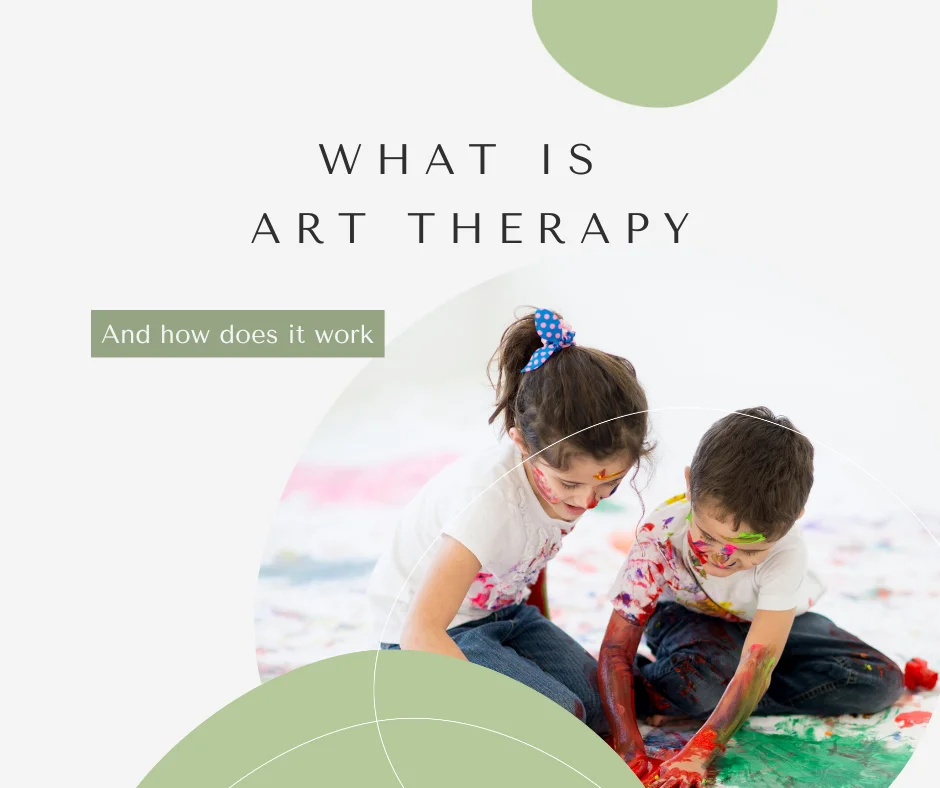
Hello friends, today I will share with you what art therapy is and explain how it works.
So here I will go over what art therapy is and explain how art therapy works, including how it can be a supportive healing tool to process thoughts and emotions, and benefit our mind, body and soul. I’ll also mention findings from research on how art therapy reduces our stress and improves our well-being.
There is also a video on this topic, so feel free to go here and watch that as well.
Art therapy, in its simplest definition, is expressing yourself through art, through a creative process for our physical, mental, emotional well-being.
If you want a formal definition of it, that is:
Art therapy is an integrative mental health and human services profession that enriches lives through art making and applied psychology within a psychotherapeutic relationship.
(from Arttherapy.org)
In art therapy – there are 3 things that are present: artist, artwork, art therapist. This can help you distinguish between what is art therapy and what is not art therapy. If a session does not have one of these things, it is most likely not art therapy.
Art therapy can take many forms: in groups, with couples, with family, with individuals, with an entire community.
The art therapist offers purposefully chosen and composed art materials, supports you and helps you work toward a therapeutic goal. In art therapy, the materials each have a specific therapeutic and psychological effect, so they are chosen based on whether or not the goal is achieved.
What questions do you have about art therapy? Let me know in the comments below.
HOW ART THERAPY WORKS
Art therapy works on so many different levels, but here I will share with you what the effect is and how it works on our mind, body and soul.
BODY
art therapy is multi-sensory
Art therapy involves our senses. Our sight, our touch, our hearing, and even our sense of smell. Art therapy adds another element to verbal therapy because making art involves interaction with materials, tools, and physical activity. The body is involved in creating, which is powerful. Therefore, it can feel very soothing and we become more in tune with the present moment (and are able to let go of the past and future; this is important because anxiety or depression comes from dwelling too much on the past or future).
Making art also involves our kinesthetic abilities. It involves movement. Research has shown that the movement we make, in addition to feeling with our senses during the art process, helps regulate our breathing, our heart rate, and our muscles. Therefore, our bodies feel calmer and more centered while making art.
MIND
Art therapy affects our brain/neuropsychology
In art therapy, we can communicate nonverbally through images or visual means. Communicating our thoughts or feelings may be easier with images than with words. For many of us, it can feel safer to use images than words. In addition, most of our memories are stored in images, so art therapy helps us access those memories, which can affect how we feel and act in the present moment.
Art therapy helps with bilateral integration
When you engage in art therapy, you activate both sides of the brain and integrate both the left and right hemispheres. This helps in having more balance in our mental state and experiences, and reduces stress. During art therapy, we can access and consciously explore the unconscious memories and experiences stored in the right hemisphere, making art therapy a whole-brain healing method.
Art therapy can be both a bottom-up and a top-down healing method
Art therapy combines the process of healing through physical experience as well as through thinking. In the world of psychology, bottom-up healing involves addressing the stress stored in the body first, then affecting how we think or feel. With top-down healing, we address how we think, or our mind, to reduce or change our physical stress.
To give an example, mind-based talk therapy can be a top-down method, while float therapy, yoga, body exercises or breathing exercises, can be called bottom-up, because it addresses body-based stress first. And the great thing about art therapy is that it is both at once, because it involves both our thinking mind (e.g., applying logic, critical thinking, sequential thinking, planning, etc.) and our body (because it involves sensory and kinesthetic experiences).
Art therapy addresses the roots of our situation or feelings
For example, there is research that about 95% of our actions are based on our subconscious mind. Because our subconscious speaks more easily in a visual language, art therapy can help us tap into our emotions beneath our awareness and give us a way to express them.
SOUL
Art therapy is spiritual
Art therapy is also a spiritual practice because it helps us connect with our soul and higher being, allowing us to become more self-aware and connect with what is intangible and with what is greater than us.
When we make art, we access that part of us that knows more than our conscious mind does. We all have innate higher knowledge and wisdom, and art helps us tap into that knowledge.
Art therapy helps us find meaning
Art therapy also helps us give meaning to our lives and the feelings and thoughts we have. It allows us to see pain, transform it, and create our own meaning from it. It gives us a sense of direction and purpose in life.
When we work with images, we often work with metaphors. We work with stories that come from our life experiences. We project our lives into the artwork. But the beauty is that because we can see our lives with some “distance” (literally, we have distance between ourselves and the artwork), we can see the bigger picture. We can find meanings we could not otherwise find. And the art therapist is there to help us find order in the apparent chaos we see in art.
Although I have tried to describe what art therapy is and how it works in a way that is concise but still captures the essence of what it is, I may have made a lot of points Therefore, if you are interested in art therapy, I suggest that you be sure to read more about it and also sign up for our course.
If you are really interested in a career in art therapy, continue reading this post and you can get my free Introduction to Art Therapy Ebook.
Thanks for reading and until next time!

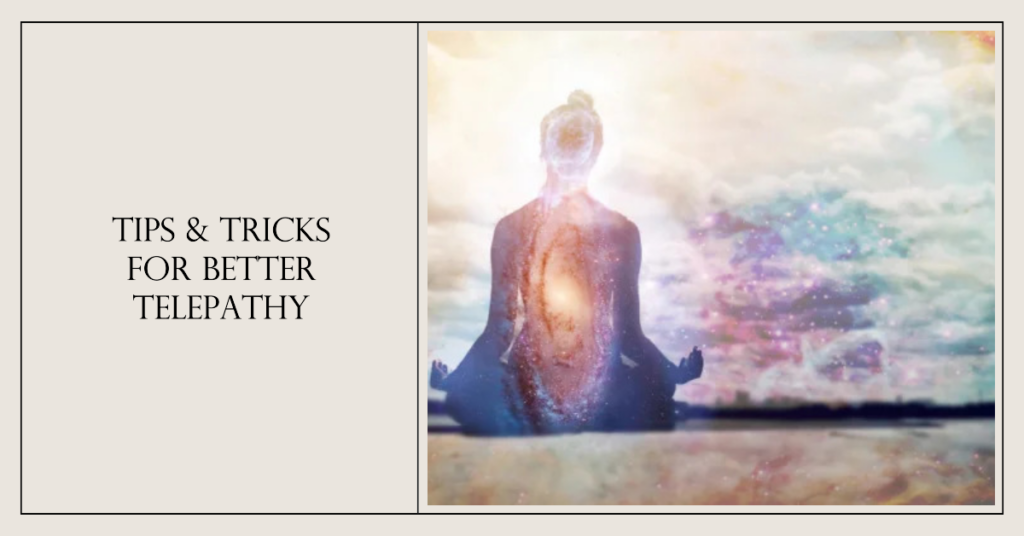
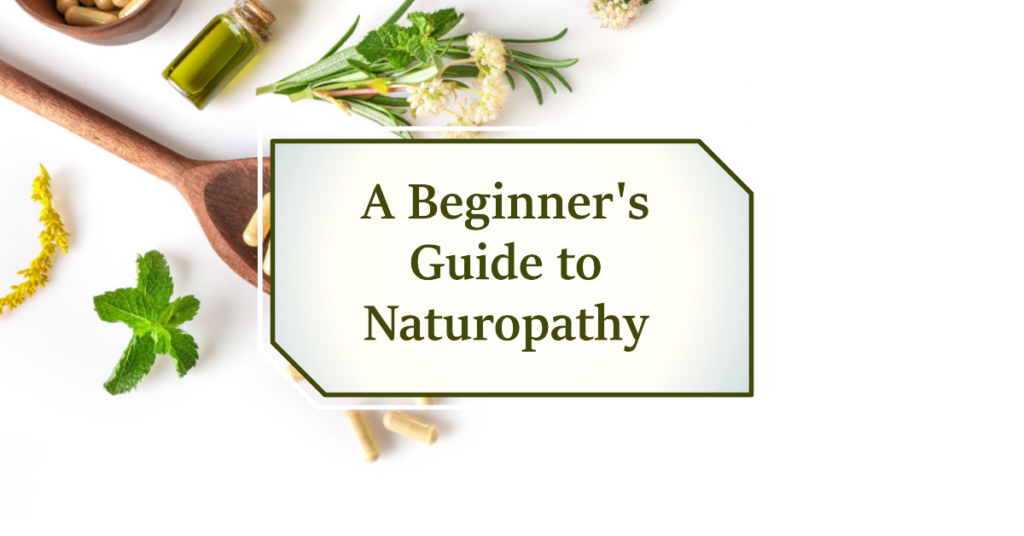

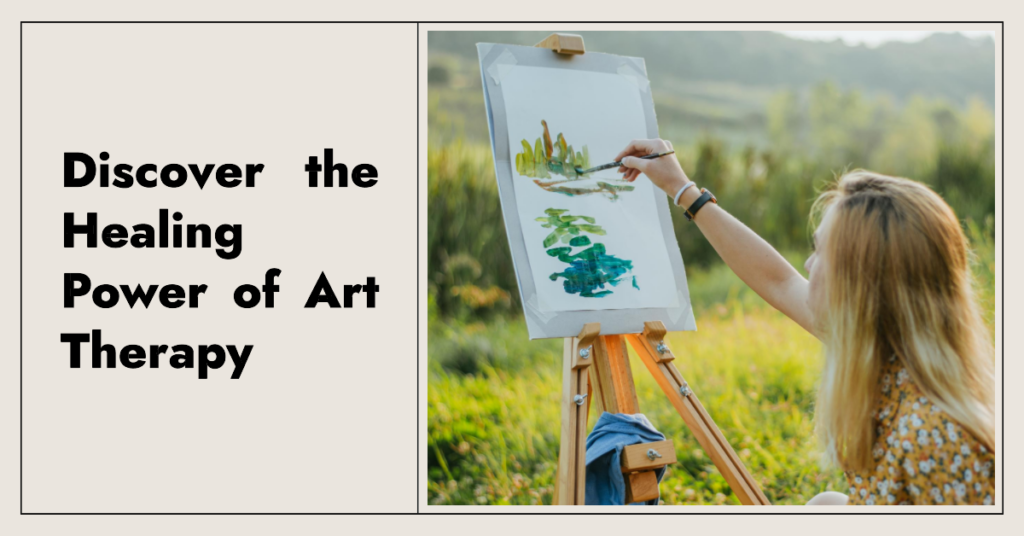
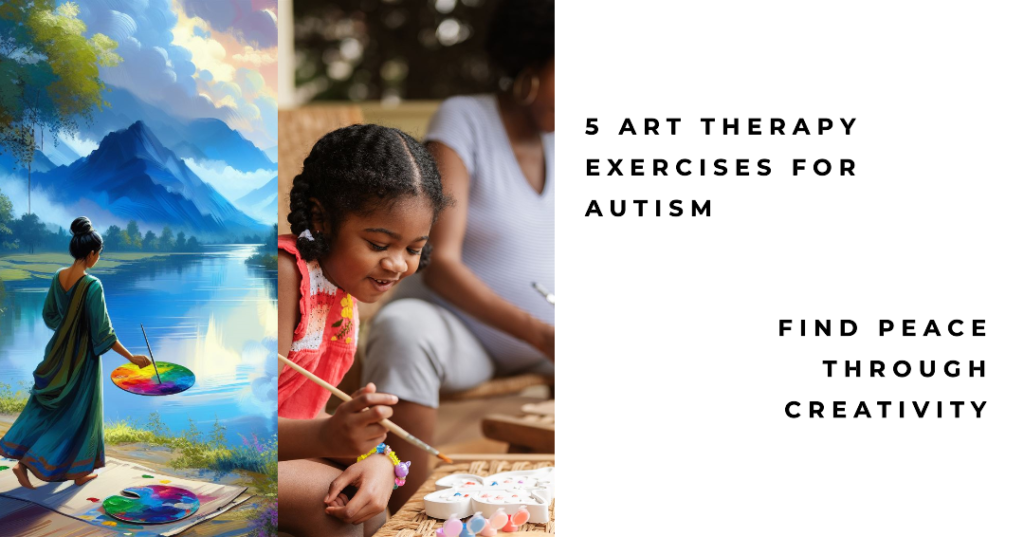




Ebook? Clicked on it but said error 404 “you are lost” 🤷♀️
What to do now ?
Hi there!
We updated the link for your convenience!
Thanks for the comment!
[…] main paths you can consider: seeking support from certified art therapists or embarking on a DIY art therapy at home guided by scholastic resources such as those available on […]